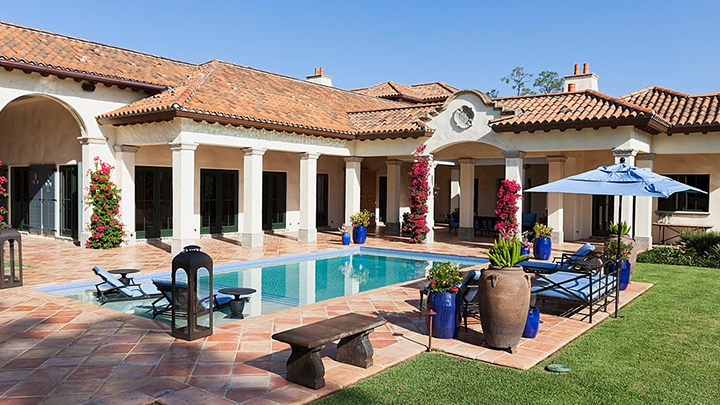Chettinad is the region located in Tamilnadu state. The place is named after the wealthy traders called Chettiars. These people are a rich source of art. They are famous for their authentic foods and spices. But it is the architecture of that area that steals the show. So, if you are looking for some ancient inspiration regarding the interior features of the house, you can look at the features of the Chettinad house.
Here are some of the beautiful elements of this grand architecture
1. Intricately Carved Pillars and Front Door
The pillars are made of teak, granite, marble or iron. The Raja Palace which was built in 1902 has a single piece of wood that’s above 10 feet in height. If you have been to this palace before, you must be aware of the hollow pillars inside the palace, which were used to store precious gems of the King. The front double door is engraved with a picture of Laxmi. The door is made from Burma teak which is considered to be very precious among the Chettiars. Also read – Important Things To Consider Before Redesigning The Bathroom.
2. Wall plastering
Most of the Chettinad buildings were made from one of the types of Limestone, known as “Karai Veedu”. These buildings were then plastered with a substance called “vellai poochu” aka Chettina plaster; a mixture of lime, base, white seashells powder, and egg white. Also read – 5 Fascinating Bathroom Fittings to Consider for Home!
3. Athangudi Tiles
These handmade tiles in a myriad of colours and patterns are something to look forward to. These tiles not only showcases the vast beauty of the palace but also carry the rich heritage of the Chettiars. These tiles are prepared from local clay, which is then burnt and glazed. These tiles are perfect for flooring, wall cladding for both interiors and exteriors. Also read – Give Your Bathroom a Sleek and Elegant Facelift.
4. Architectural Layout
The architectural structure of the Chettinad house consists of the following segments:
- Portions – Kattu
- Reception – mugapu
- Living halls of each family – pattalai
- Living area – valavu
- connected rooms – Irattu veedu
- Corridor – nadai
- Dining – irandan kattu
- Kitchen – Moonam kattu
5. Stucco Work
The Chettiars houses have their own style of sculpture called Stucco work. Not just the whole structure but the entrance tower and compound wall is a flawless piece of work. Mostly they are based on the theme of gods and goddesses. The dominant goddess is Gajalaxmi. She is placed on the top of the tower and is believed to represent protection and prosperity. Even though the whole architecture format is on the brink of extinction, gratefully, there are several structures that keep the links between the past alive. You can decorate and design your house based on the Chettiars house. Also read – Renovation of your Bathroom with Luxury Bathroom Products and Accessories.
